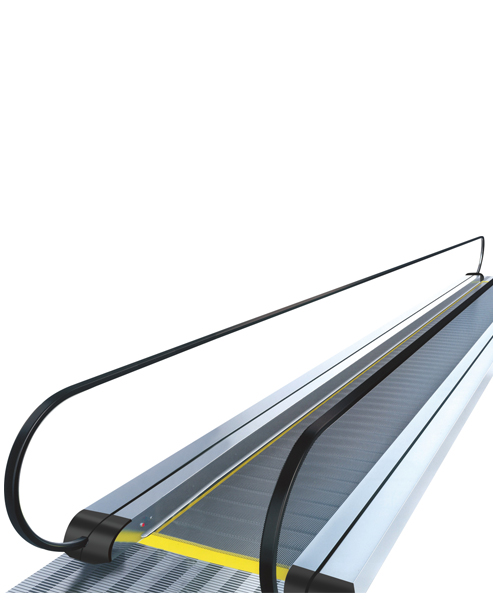China Glass Lifts Manufacturers,Food Elevators Suppliers +86-572-3305657
China Glass Lifts Manufacturers,Food Elevators Suppliers +86-572-3305657
Moving walkways are an effective way to transport peopl […]
Moving walkways are an effective way to transport people from one location to another. They have been around for a long time and have undergone many interesting designs. During the twentieth century, they were used in many public spaces and were considered an excellent travel solution. Some airports even use moving sidewalks to expedite the flow of passengers.
Moving walkways are similar to escalators. The main difference is that they move at a slower speed. People on a moving walkway typically walk at half the normal speed of a normal walk. If you're flying at the airport, you should know that it's important to not stop at any of the moving walkways in the airport. This is because the speed of the moving walkway may not be sufficient to get you to your gate in time.
As with any other transportation method, moving sidewalks have come a long way since their initial introduction. Today, they can be found in all sorts of locations from shopping malls to resorts. Usually, they are constructed of an anisotropic material and are powered by AC induction motors.
A moving walkway is a conveyor belt that propels passengers forward. In order to achieve this, a series of rollers are placed in the walkway. These rollers are then decelerated with a comb and slot arrangement. Oftentimes, this process is accomplished through a motion sensor, ensuring that the right amount of energy is delivered to the rollers.
While the first moving walkway in an airport was installed at Dallas Love Field in 1958, there has been a long history of moving walkways. The technology dates back to the 1890s when it was showcased at the World's Columbian Exposition in Chicago. It was also tested in public spaces in North America and Europe.
How to Safely Use a Moving Walk
Moving Walks (also referred to as travelator, travolator, people-mover, or autowalk) are devices that help pedestrians move through a building or airport. They typically run on AC induction motors. The most commonly injured victims on moving walks are young children, older adults, and individuals wearing clothes that become caught in moving parts.
Similarly, there are high-speed moving walks that are intended to decelerate passengers. These have special procedures and safety regulations to minimize the risks of accidents. While they are designed to be used by people of all ages and ability levels, there are certain guidelines that must be followed to ensure that they are operated safely and without incident.
The most important thing to remember is that these types of walkways should be used with caution. For instance, you should not be on the moving walkway at the same time that another person is. If you're not paying attention, you might accidentally fall on the moving walk and get injured. You should also avoid walking backward. That's because you could become seriously injured by the moving machine parts.
Another common mistake is to try and catch up with a group of people when you're using a moving walk. If you do, you might trip and fall. Alternatively, you could be struck by a large object or thrown. Some moving walkways have a barrier installed on either side of the boarding area that protects passers-by. This is especially true at large airports.
Unlike other types of walkways, there are several moving parts that must be inspected and maintained. A good maintenance program will include cleaning and lubricating the moving walkway's components. Ideally, the maintenance program should be carried out by a qualified professional.
Lastly, a moving walk's most important feature is its ability to save lives. While many people assume that a moving walk will automatically transport them from one floor to the next, this is not the case. Instead, it is usually controlled by a staff that determines who is allowed to use the walkway.

Product Type: Moving walkway
Target Markets: Supermarket, shopping mall
Tilt Angle: 10°/12°
Step Width (mm): 600/800/1000
Operating Speed (m / s): 0.5
Horizontal Steps: 2/3
Span (meters): L≤39.7
Please leave your Email or phone nomber, so we can contact you as soon as possible.